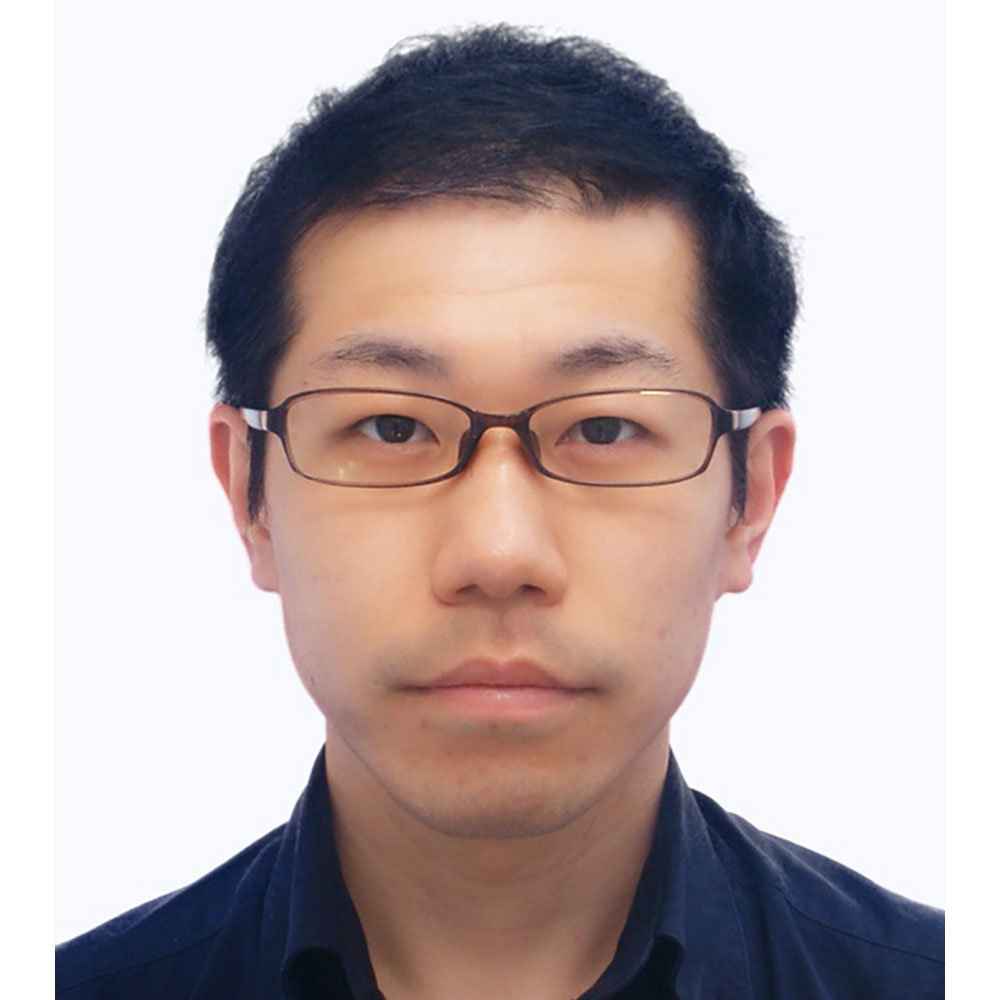
Kohei Matsuda
Researcher (Isa-G)
- Position
- Program-Specific Researcher
- Research Field
- Neuroscience, Rehabilitation
- Personal Website
- https://nscinbiol.med.kyoto-u.ac.jp/en/member/kohei-matsuda/
Research Overview
Inhibition system between hemispheres related to motor recovery
Left and right hemisphere are connected by neuronal thick bundle known as corpus callosum which is necessary for integrating motor and sensory information required for flexible limb movements. Both hemispheres also form bidirectional inhibitory connections through corpus callosum to facilitate the integration, which is called interhemispheric inhibition (IHI). IHI is a potent system to produce coordinated limb movement, facilitating exchange of information between hemispheres. Disruption of IHI by stroke or brain injury results in impaired coordinated limb movements. Recent findings support the idea that IHI is responsible for motor recovery after brain injury. This has increased the demand for the development of novel therapies targeting IHI. Therefore, I am conducting research at ASHBi for three main areas: elucidation of the motor control mechanisms of IHI, development of unique IHI evaluation system, and establishment of a technical basis to incorporate these IHI findings into clinical rehabilitation evaluation. To approach this, I am engaging in studies with primates (monkeys), rodents, and humans.
Biography
Kohei Matsuda obtained his PhD from University of Tsukuba (2023) and moved to Graduate School of Medicine in Kyoto University as postdoc (2023-2024). He was appointed program-specific researcher in 2024 in ASHBi of Kyoto University.Publications
Kohei Matsuda, Kazuaki Nagasaka, Junpei Kato, Ichiro Takashima, Noriyuki Higo, Structural plasticity of motor cortices assessed by voxel-based morphometry and immunohistochemical analysis following internal capsular infarcts in macaque monkeys, Cerebral Cortex Communications, Volume 3, Issue 4, 2022, tgac046, https://doi.org/10.1093/texcom/tgac046
Awards
Private award, Yonezawa Yuikai, Incorporated Association (2013)
Department head award, Graduate School of Comprehensive Human Sciences, University of Tsukuba (2023)
Joined
Jul. 1, 2024
